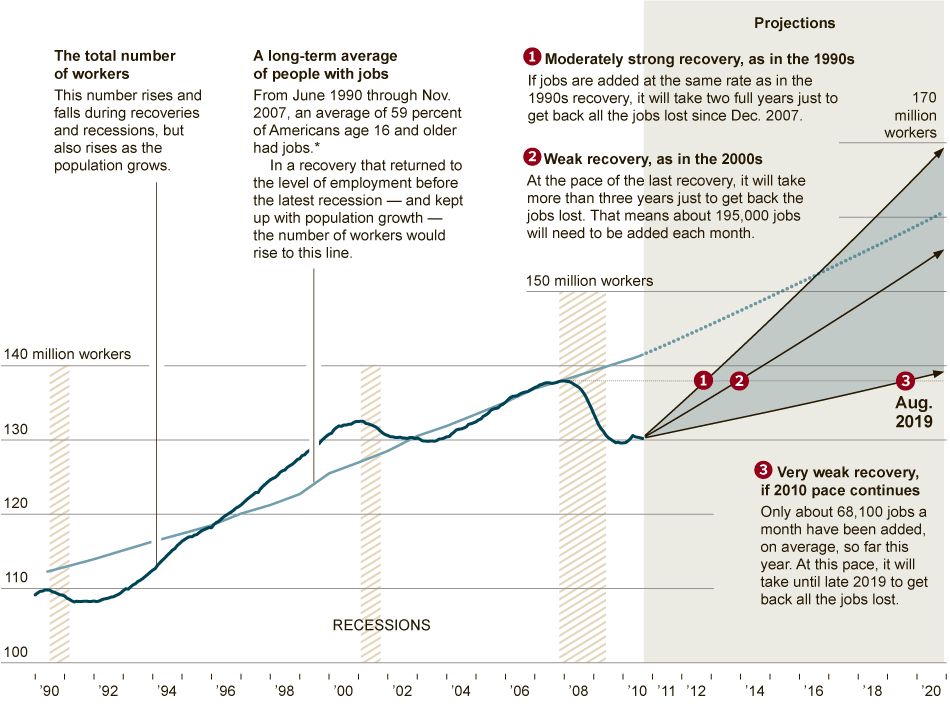Link (pdf). This thing is 50 pages long so I’m going to do it in several parts. It’s absolutely terrible and full of lies. Its guiding principle was explained by Marx in Vol. I of Capital:
The system of public credit, i.e., of national debts, whose origin we discover in Genoa and Venice as early as the Middle Ages, took possession of Europe generally during the manufacturing period. The colonial system with its maritime trade and commercial wars served as a forcing-house for it. Thus it first took root in Holland. National debts, i.e., the alienation of the state – whether despotic, constitutional or republican – marked with its stamp the capitalistic era. The only part of the so-called national wealth that actually enters into the collective possessions of modern peoples is their national debt. Hence, as a necessary consequence, the modern doctrine that a nation becomes the richer the more deeply it is in debt. Public credit becomes the credo of capital. And with the rise of national debt-making, want of faith in the national debt takes the place of the blasphemy against the Holy Ghost, which may not be forgiven.
The public debt becomes one of the most powerful levers of primitive accumulation. As with the stroke of an enchanter’s wand, it endows barren money with the power of breeding and thus turns it into capital, without the necessity of its exposing itself to the troubles and risks inseparable from its employment in industry or even in usury. The state creditors actually give nothing away, for the sum lent is transformed into public bonds, easily negotiable, which go on functioning in their hands just as so much hard cash would. But further, apart from the class of lazy annuitants thus created, and from the improvised wealth of the financiers, middlemen between the government and the nation – as also apart from the tax-farmers, merchants, private manufacturers, to whom a good part of every national loan renders the service of a capital fallen from heaven – the national debt has given rise to joint-stock companies, to dealings in negotiable effects of all kinds, and to agiotage, in a word to stock-exchange gambling and the modern bankocracy.
Keep that in mind the next time somebody tells you he had no idea what he was talking about. As for the present, here is some good background on why a number of these things are lies:
1st Fiscal Sustainability Teach-In and Counter-Conference
Deficit spending 101 (part 2, part 3)
Fiscal sustainability 101 (part 2, part 3)
Ok, on to the report:
P. 4: “We must stabilize then reduce the national debt, or we could spend $1 trillion a year in interest alone by 2020.”
To who? Who is this interest being paid to? No, it’s not China, nobody in China saves in or spends American dollars because they have their own currency. This is “owed” to somebody who does save/spend in American dollars which is (in theory) the American public and there’s no need to track money we owe to ourselves so we can be done with this, right? No, we need shore up the balance sheets of insolvent banks (who were just given another $600 billion the other day by the Federal Reserve) with spending that otherwise would have been on other things. Some of them are undoubtedly unnecessary, but many are not.
P. 5: “Invest in education, infrastructure, and high-value R&D.”
In other words: for-profit education, the FIRE sector, and the tech sector.
P. 6: “Bring spending down to 22% and eventually 21% of GDP.”
This is really bizarre. Where did they come up with this number? Why does it matter what percent of the GDP is federal spending? It sounds like somebody is making it up as they go along.
P. 8: What are “illustrative” savings?
“Pass tax reform that dramatically reduces rates, simplifies the code, broadens the base, and reduces the deficit.”
Sounds like the Ryan plan.
P. 9: “Reduces tax rates, abolishes the AMT…”
The AMT is the Alternative Minimum Tax, not a particularly pressing problem. A good indicator of the commission’s ideological extremism.
The charts and tables are extremely silly. I’ll probably divide this up into three more posts with discretionary spending in part 2, tax reform in part 3, and the rest in part 4.




